how to become a templar knight
Who were the Knights Templar?
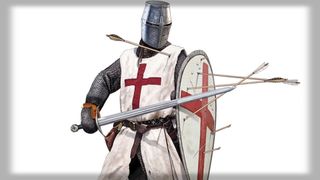
The Knights Templar was an order of devout Christians founded in Jerusalem sometime between A.D. 1118 and 1119, after the First Crusade (1096-1099). The Order was created to protect Europeans traveling to the Holy Land, among other duties. The knights were known across Europe as an elite fighting force with a strict code of conduct and, eventually, immense wealth. For nearly 200 years, the Knights Templar were at the center of politics and finance in Europe and took part in the Christian military campaigns in the Holy Land. Then, in 1312, Pope Clement V officially dissolved the Knights Templar.
Creation of the Knights Templar
In the seventh century, a Muslim Arab army conquered Jerusalem and the Holy Land, ending Christian rule in the region under the Byzantine Empire, also called the Eastern Roman Empire. By the end of the 11th century, the Byzantine Empire had lost more territory to Muslim invasion, including more Christian holy sites, according to historian Peter Frankopan's book "The First Crusade" (Belknap Press, 2012).
As a result, in A.D. 1095 Alexios I Komnenos asked Pope Urban II for assistance in fighting the Muslims. "His call for help was a desperate last roll of the dice for a ruler whose regime and empire was on the brink of collapse," Frankopan wrote. In response, the pope called for the capture of Christianity's holy sites in the Holy Land, beginning the First Crusade. "Nobody called it the First Crusade back then, but their objective was to get the holy places back under Christian control," Malcolm Barber, emeritus professor of history at the University of Reading in the U.K., told All About History magazine in an email.
A multinational army was raised for the Crusade, led by several of Europe's monarchs and nobility. The Crusaders succeeded in capturing not only Jerusalem but also much of the region. They created four territories, known as Crusader States: the County of Edessa (1098-1150), the Principality of Antioch (1098-1287), the County of Tripoli (1102-1289) and the Kingdom of Jerusalem (1099-1298), which was also known as Outremer, meaning "overseas," from the French term "outré-mer."
Related: Crusader battlefield is unearthed in Israel
After most of the Crusaders returned to Europe, there remained a need to defend the Holy Land, as well as govern its population, which included Christians, Jews, Muslims and new settlers from Europe. "They needed to consolidate their hold on Jerusalem and the immediate vicinity," Barber said. "They didn't really have a consolidated state which you would colour in a solid area on a map. Another problem they had is that a certain number of places they controlled were very easy for an enemy to infiltrate, and there was nothing really to keep law and order. So, it was these circumstances that produced the Templars."
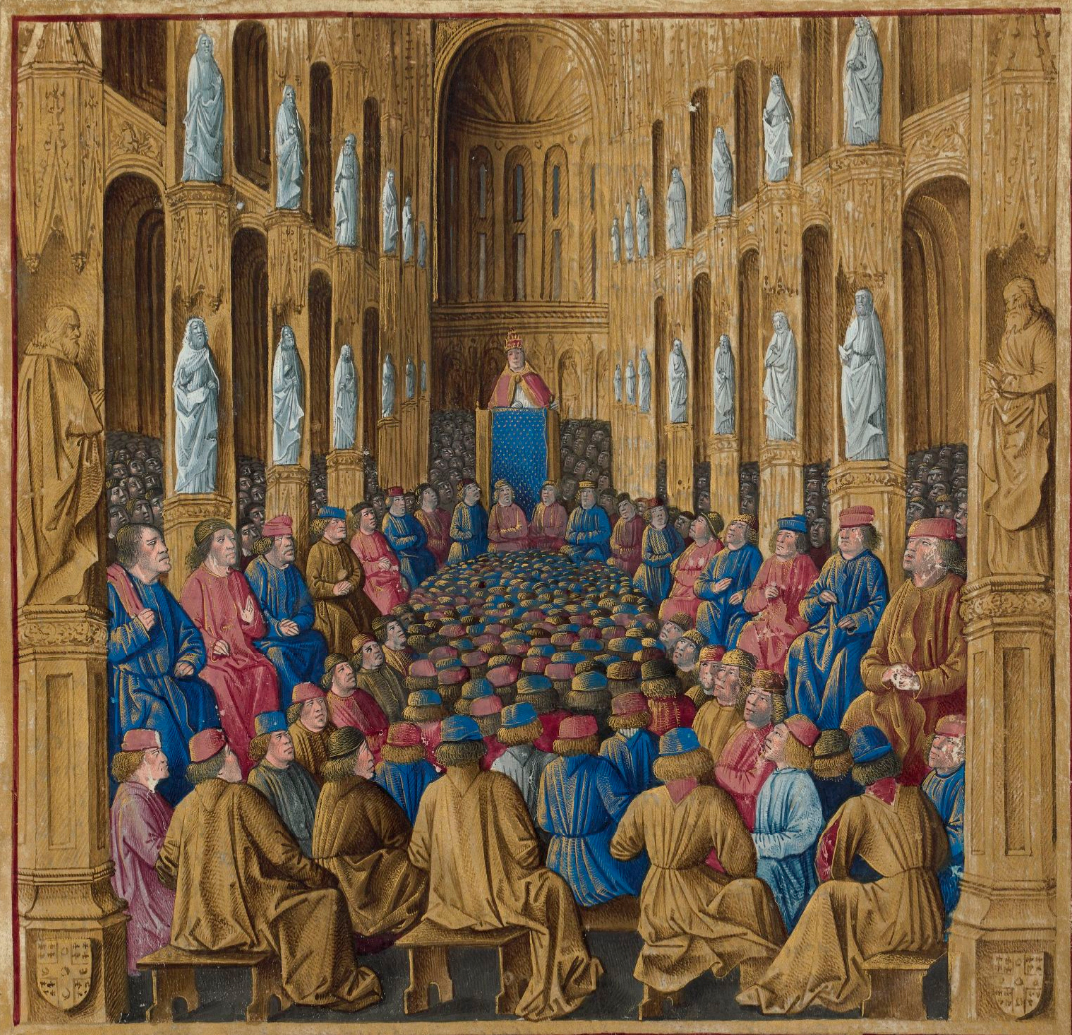
The Order of the Poor Knights of the Temple of Jerusalem, abbreviated to the Knights Templar, was created by Hugues de Payens, a French nobleman who had remained in Jerusalem after visiting sometime between 1114 and 1116. The name came from the Templar headquarters, located on the Temple Mount, in a wing of the Al-Aqsa Mosque, which, at the time, served as a royal palace, rumored to be built on top of the ruins of the Temple of King Solomon, Discover magazine reported in 2020.
The Templars were first organized as a charity, acting as bodyguards to pilgrims traveling to and from the Holy Land. "They would set up patrols to protect people coming from the ports — in particular, from Jaffa, which was the main port closest to Jerusalem," Barber said. "Mostly, it was to deal with bandits and brigand groups, not to fight big battles against large forces, which, of course, they wouldn't be able to do in such small numbers."
The Knights Templar were officially recognized by King Baldwin II of Jerusalem in 1120, at the Council of Nablus. The king assigned tax revenues to the group to keep them clothed and fed. Before this, the knights were supported by donations from the Order of St. John of the Hospital in Jerusalem, also known as the Knights Hospitaller, which the pope approved in 1113.
Despite this charitable support, the knights were not from poor backgrounds, Jones said. "The very first Templars were actually very wealthy, well-connected people," he told All About History magazine. "The first Templars swore oaths of chastity and poverty, but the only people that need to swear an oath of poverty are those who aren't poor to begin with."
Templar rules and organization
The Council of Nablus established 25 laws for the members of the Knights Templar to obey. These included a declaration regarding the use of violence, according to Jones. "It was Canon 20, and its first line stated simply that "if a cleric takes up arms in the cause of self-defence, he shall not bear any guilt," he wrote.
In 1129, the Council of Troyes, led by Hugues de Payens and Bernard of Clairvaux, created a further 68-point code of conduct for the Templars, known as the Primitive or Latin Rule. This set out regulations governing how the Templars should conduct themselves at all times and was designed to promote and showcase their piety and zeal. The rules covered everything from clothing, the types of horses they could ride, the length of their hair, the style of their beards and how much meat they could eat each week. In particular it forbade members from any contact with women, even female family members.
Related: Crusader hospital reconstructed in Jerusalem
However, according to Barber, many of these rules were eventually bent or even broken in order to attract new followers. "In the following years, they became more famous and got more recruits, so there was a demand for a Latin Rule that was more appropriate to their activities," he said. As the Templars grew in number, the Latin Rule became more flexible, and recruits did not have to join as full-time members, and some joined for a fixed period before leaving.
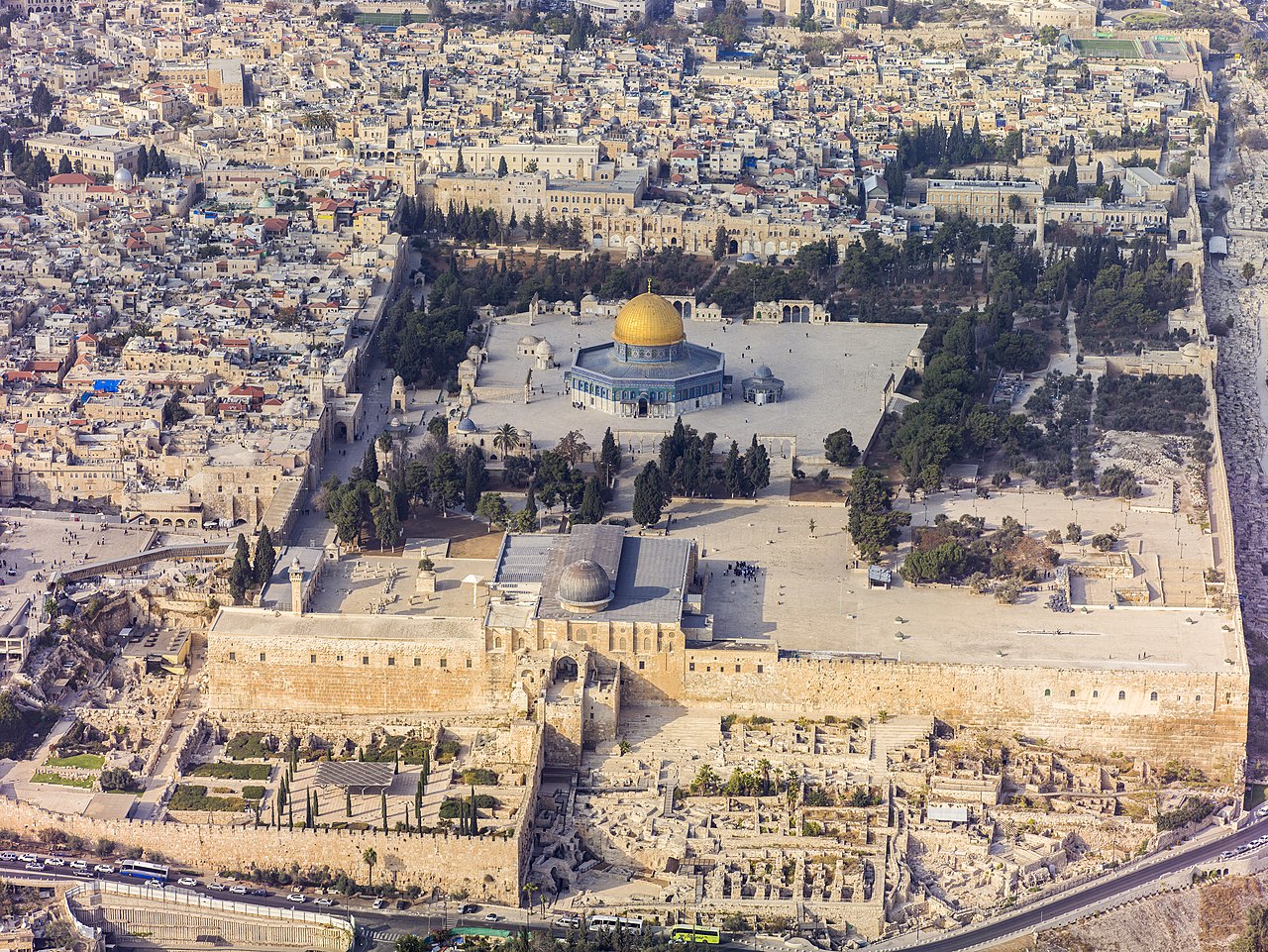
The organization included a variety of roles for noncombatant and frontline Templars. There were financiers involved in running the charity. The Grand Master was the absolute ruler of the order, and below him, the Seneschal served as his deputy. Next in the hierarchy were the Commander of the Kingdom of Jerusalem, the Commander of the City of Jerusalem, the Commander of Tripoli and Antioch, the Commander of Houses, the Commander of Knights and the Knight Brothers. The knights were a relatively small group, because they had to be noblemen. They wore the iconic white surcoat with a red cross representing Christ's sacrifice and their own willingness to martyrdom.
The Turcopoliers, senior officers, oversaw the Sergeant Brothers, who were not nobility and wore brown tunics with the red cross. The Under Marshal oversaw footmen. Knights rode into battle under the Beauceant banner, which featured the red cross with a horizontal black-and-white background.
The Turcopoliers, senior officers, oversaw the Sergeant Brothers, who were not nobility and wore brown tunics with the red cross. The Under Marshal oversaw footmen. Knights rode into battle under the Beauceant banner, which featured the red cross with a horizontal black-and-white background.
Knights in the crusades
The idea of Christians using violence to defend the faith was a controversial topic in the Middle Ages, with theologians such as St. Augustine of Hippo discussing how to reconcile the pacifist teachings of Jesus with fighting for spiritual gains, according to Barber.
"Inevitably, they couldn't fulfill their function without actually fighting," Barber said. "That then threw up the very difficult question of the legitimacy, within Christian society, which has been a perennial question throughout the centuries. Is Christianity about turning the other cheek, or is it about defending God's patrimony?"
The knights of the Crusades were at the time described as "militiae Christi," meaning "knighthood of Christ," according to Jones. "Given the strain on resources in the crusader states in the 1120s, it was a matter of necessity to concede that a cleric from time to time could wield weapons without reproach."
In 1139, Pope Innocent II's papal bull, or ruling, called Omne Datum Optimum (Every Good Gift), placed the Templars under direct protection from the papacy and confirmed the Latin Rule. The papal bull declared that the Templars did not have to pay tax or tithes (a portion of income) to the church and were free to travel across borders unhindered. They answered to nobody but the pope himself.
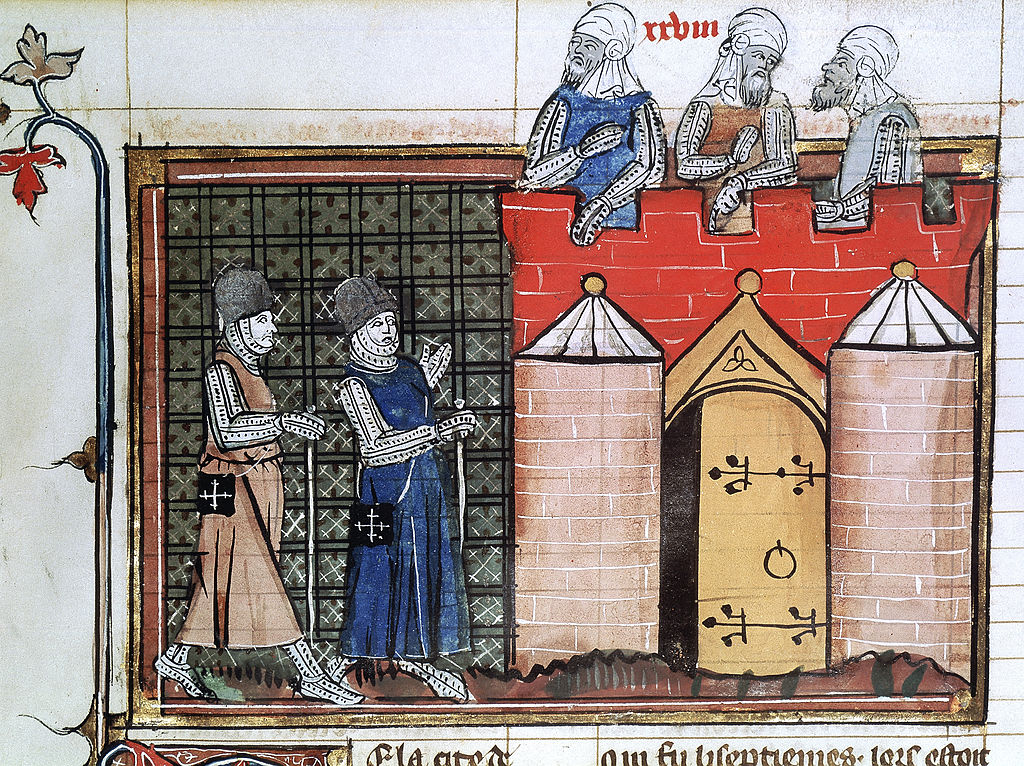
As the Knights Templar membership grew, it became a wealthy organization. It funded building projects across Europe and the Holy Land, including chapels that were constructed with circular naves, copying the design of the Church of the Holy Sepulchre in Jerusalem. Templar buildings became so widespread, and the organization was so wealthy, that a myth emerged that the Templars were the world's first bankers, according to Jones.
"A better way to describe the Templars' sphere of business in modern terms would be as a financial service," Jones said. "Because they had such a vast and wide network of property, which was sanctified and well defended in many cases, they had access to a large repository. One could place their valuables with the Templars while they went off to the Crusades and protect their wealth in the meantime. The Templars were, much like many financial institutions of today, offering lots of different services. For instance, they were running the accountancy and auditing processes of the French government of the early 1100s and beyond."
End of the Templars
Once the Crusades were over and Muslim forces controlled Jerusalem, military orders, including the Templars, were blamed for the loss of the Holy Land. After the Mamluks conquered the city of Acre in 1291, the Templars and others retreated to the island of Cyprus.
Related: Vatican publishes Knights Templar papers
This prompted demands to reform the military orders. "From this point on, we start to hear a call for the Templars and all the other smaller orders to be combined into one super order, which would then, presumably, be used to retake the Holy Land," Jones said. Philip IV of France, who was in financial debt to the Templars, ordered the mass arrest of French Templars on Oct. 13, 1307, confiscating their property and wealth, History Today reported.
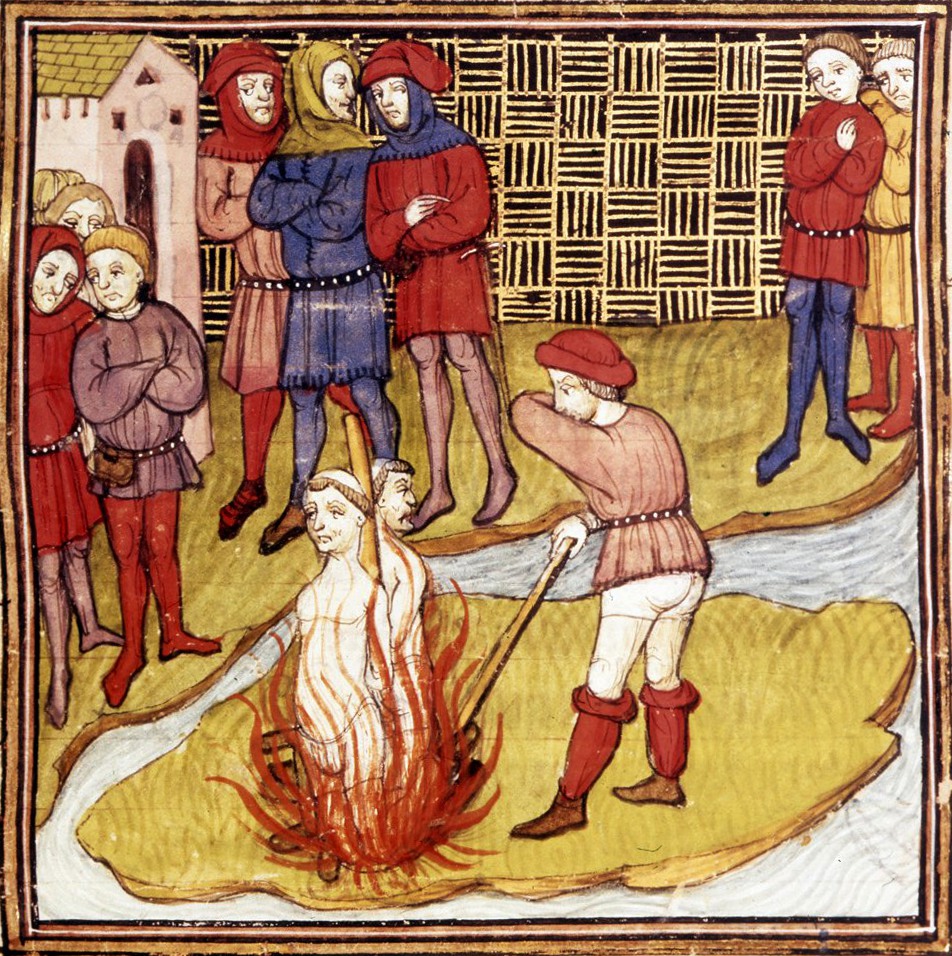
Prosecutors charged the Templars with spitting and trampling on the cross and engaging in illicit sexual acts, as well as made accusations that the Templars' secretive ceremonies and beliefs were perverted and sacrilegious. "These people were looking for anything that could be used against the Templars, but the researchers found very little — we can see this from the records of the Templars' trials in 1307," Jones said. "Philip's case against the Templars had three main points: worshipping idols, spitting on the cross and that the Templars had been kissing one another in their induction ceremonies.
"We know a lot about these practices because we have copies of the French and Catalan Rules of the Templars, which describe the long and elaborate initiation processes that they used," Jones added. "These practices required the prospective member to present himself before his fellow Templars and be inducted into the order with the 'Kiss of Peace.' There was nothing untoward about this element of the ceremony until you get to around 1306 and King Philip IV of France's campaign to disassemble the Knights Templar."
Under torture, the Templars confessed to the charges. In 1308, Pope Clement V absolved the Templars of heresy, but the order and its reputation had already been damaged. In March 1312, Pope Clement V disbanded the Templars as an organization, and the order's members were arrested across Europe. Two years later, Jacques de Molay, the last Grand Master, was burned at the stake in Paris, on a charge of relapsed heresy.
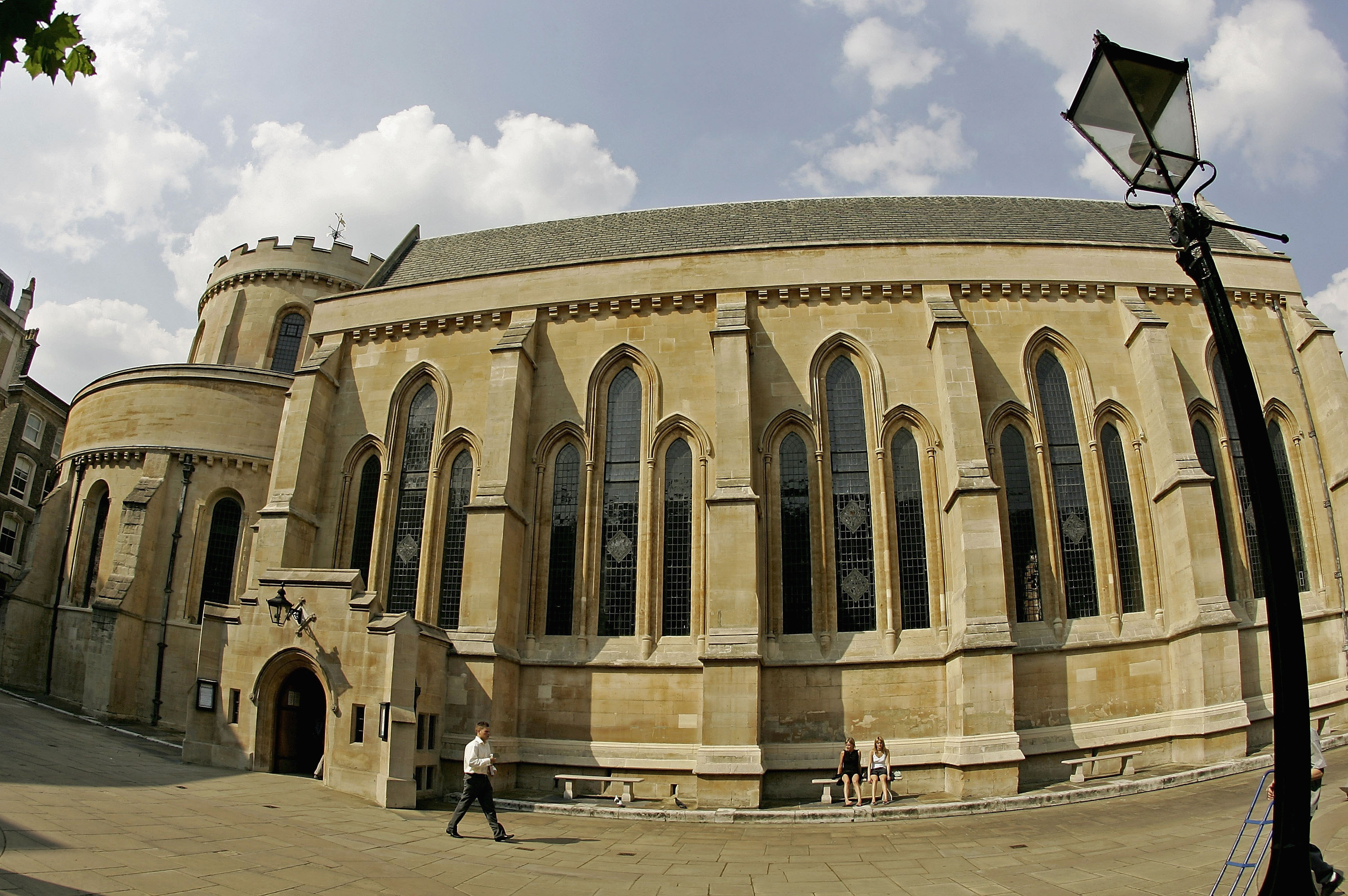
Knights Templar today
Today, ruined and preserved Templar buildings can still be seen in Europe and the Near East, though they represent only a fraction of the many properties that originally belonged to the organization. "They had extensive estates right the way across western Christendom and in the East, until they began to lose them," Barber said. "When they retreated to Cyprus, they took their archive with them, but it doesn't exist anymore. The conventional view is, when the Turks took Cyprus in the 16th century, the archive was probably destroyed at that point."
Since the end of the original Knights Templar, other groups, including neofascist organizations, have attempted to revive the order or take inspiration from the Templars' practices, Smithsonian Magazine reported in 2018.
Additional resources
- "The Templars: The Rise and Fall of God's Holy Warriors" (Penguin Books, 2018), by Dan Jones
- "The Persecution of the Templars" (Pegasus Books, 2019), by Alain Demurger
- "The Crusades" (Penguin Books, 1999), by Terry Jones and Alan Ereira
how to become a templar knight
Source: https://www.livescience.com/knights-templar.html
Posted by: carrollboremat.blogspot.com

0 Response to "how to become a templar knight"
Post a Comment